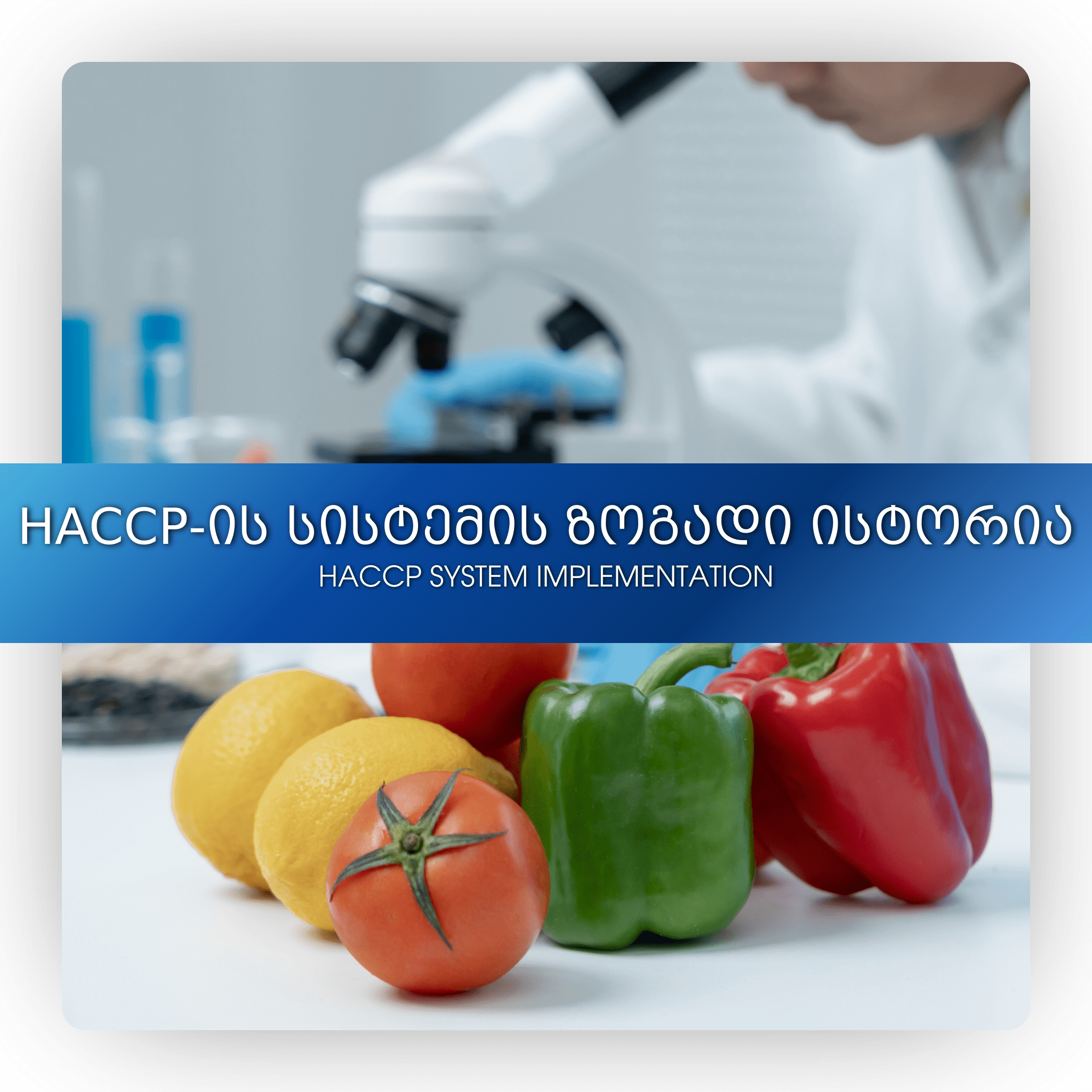HACCP System Implementation
What is HACCP?
The Hazard Analysis and Critical Control Points (HACCP) system is an internationally recognized food safety management system that serves to prevent and eliminate biological, chemical and physical hazards in the production and processing of food products.
The abbreviation is coded as:
◼️ H- Hazard
◼️ A- Analysis
◼️ C- Critical
◼️ C- Control
◼️ P- Point
History:
Originally, HACCP was developed for a National Aeronautics and Space Administration (NASA) program. It was later adopted by the Codex Alimentarius Commission of the World Health Organization (WHO) and the Food and Agriculture Organization of the United Nations (UNFAO), which issued it as a standard (CAC/RCPP1-1969)
Summary:
The HACCP system is currently the world's most widespread and effective system of food safety management. Food safety is the minimum acceptable level of biological, chemical and physical agents in food that is not harmful. The HACCP system - that is, timely and adequate assessment/elimination of hazards, ensures safe food.
What is the hazard?
The threat can be biological, chemical, physical.
Biological: All types of microorganisms that can contaminate a food product.
Chemical: May contain residues of disinfectant solutions, toxic or heavy metals.
Physical: insects, hair, pieces of glass or wood, jewelry, etc.
What are critical control points?
Critical control points are the stages of production where the haccp system must control and exclude the above-mentioned threats. The HSP system is the system that controls the entire production process and ensures the production of a harmless product.
Advantages of implementing Haccp:
Internal advantages:
1) Preventing a potential problem rather than fixing defects/errors already received.
2) An appropriate control mechanism has been developed for each production process
3) An organized, systematic and rational way of management that ensures food safety.
External advantages:
1) Satisfying market and customer demand
2) compliance with the legal requirements of Georgia, legal norms of the European Union and international standards.
3) raising the reputation and competitiveness.
Implementation difficulties:
1) Modernization of management and employees.
2) Adequate financial, human and technical resource efforts.
3) Regular training of employees
4) Haccp change/development over time. (with some modifications)
